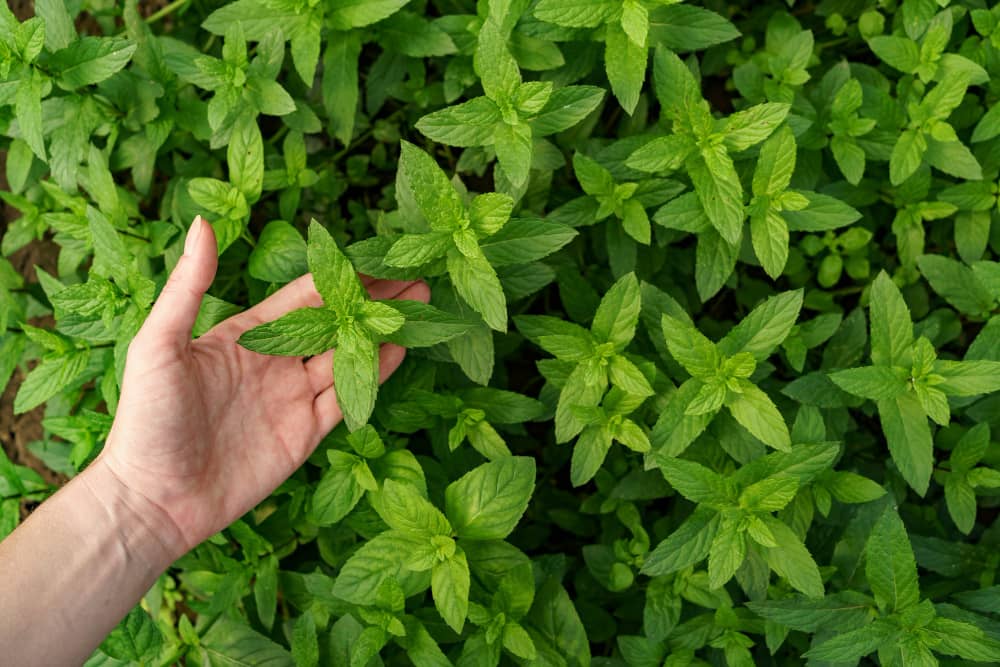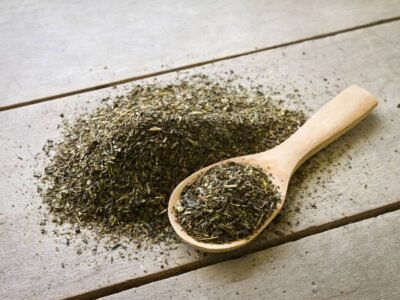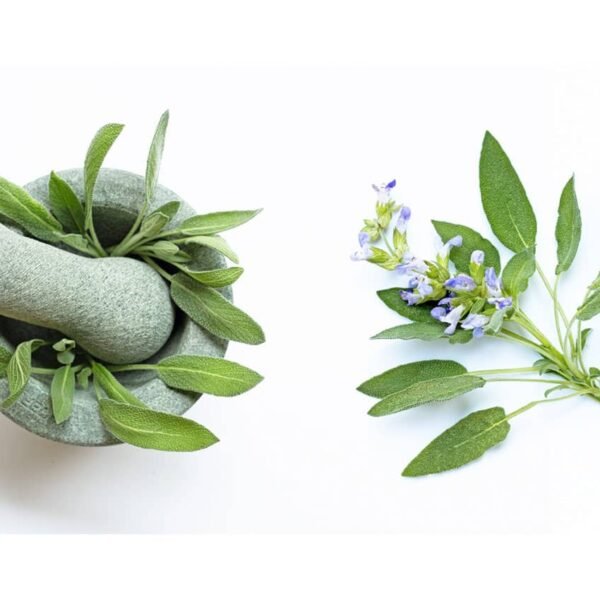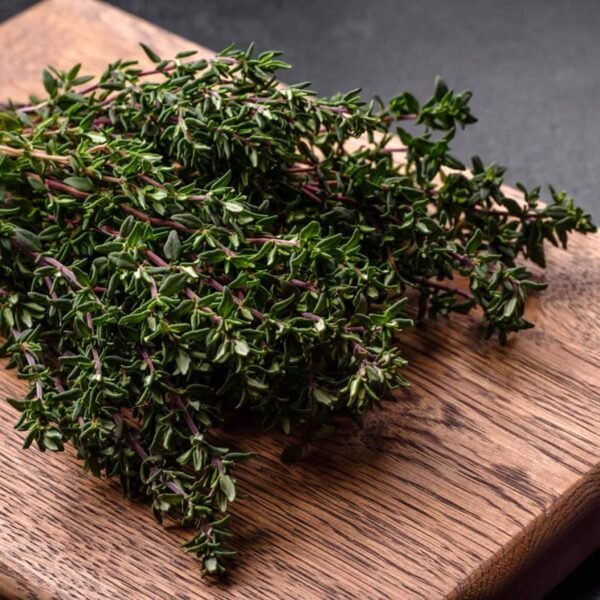Spearmint (Mentha spicata) is an aromatic herb that has been used for centuries in cooking and natural medicine. Although it is related to peppermint, spearmint has a sweeter, more mellow flavor that makes it a popular ingredient in many dishes and drinks.
Spearmint is rich in nutrients like vitamin C, calcium, and magnesium, which make it a valuable addition to any diet. It also contains important compounds like menthol and limonene, which have potent medicinal properties.
There are many health benefits associated with spearmint, including its ability to improve digestion, relieve nausea and gas, boost the immune system, and relieve pain. Additionally, spearmint has been shown to kill harmful bacteria and fungi, making it a great natural disinfectant.
Spearmint can be used fresh or dried in many different recipes. It is often added to tea, cocktails, salads, sauces, and desserts. Additionally,spearmint oil can be used for aromatherapy or added to cleaning products for a refreshing scent.
Scientific Name: MENTHA SPICATA

Overview of Spearmint
Spearmint (Mentha spicata) is a perennial herb in the mint family. It is native to Europe and Asia, and has been introduced to other parts of the world. The name “spear” refers to the shape of the leaves, which are long and pointed. The plant grows to 30-100 cm (12-39 in) tall, with opposite leaves 3-8 cm (1.2-3.1 in) long and 1-3 cm (0.39-1.18 in) broad. The flowers are white or pale pink, 2-4 mm (0.079-0.157 in) long, with a four-lobed corolla.
Spearmint is used fresh, dried, or frozen as a culinary herb. It is used to flavor various foods and beverages, such as tea, salads, sauces, desserts, and candy. Spearmint is also used for its essential oil, which is used in aromatherapy, cosmetics, and perfumes.
The nutritional value of spearmint includes vitamins A, C, and E; minerals such as calcium, potassium, and iron; and antioxidants. Health benefits of spearmint include reducing inflammation, relieving indigestion and nausea, and stimulating hair growth. Some of the uses for spearmint include adding it to tea or water for flavor, using it as a garnish on food, or applying it topically as an essential oil.
Nutritional Value of Spearmint
Spearmint is most commonly consumed in the form of tea. To make spearmint tea, add 1-2 teaspoons of dried spearmint leaves to a cup of boiling water. Steep for 5-10 minutes, then strain and enjoy.
Spearmint (Mentha spicata) is a perennial herb in the mint family that is widely used for its culinary and medicinal purposes. The plant is native to Europe and Asia, but it has now naturalized in many other regions of the world. The fresh or dried leaves of the plant are used to flavor a variety of food and drinks, including teas, sauces, salads, and desserts. Spearmint is also used as a dietary supplement for its purported health benefits.
Spearmint is a good source of several vitamins and minerals, including vitamin C, vitamin A, calcium, iron, magnesium, and potassium. It also contains significant amounts of polyphenols, which are plant-based compounds with antioxidant activity. These compounds may help protect against some chronic diseases, such as heart disease and cancer.
Spearmint is most commonly consumed in the form of tea. To make spearmint tea, add 1-2 teaspoons of dried spearmint leaves to a cup of boiling water. Steep for 5-10 minutes, then strain and enjoy.
Health Benefits of Spearmint
Spearmint (Mentha spicata) is a perennial herb in the mint family. It is native to Europe and Asia, but has naturalized in many places around the world. The plant typically grows to 30-100cm tall and produces small, pink or white flowers. The leaves are 2-5cm long and 1-3cm wide. The oil of spearmint has been used for centuries as a medicinal remedy for various ailments.
The most common use of spearmint oil is for digestive problems, such as indigestion, nausea, flatulence, and vomiting. It is also used to treat respiratory problems such as bronchitis, colds, and coughs. Spearmint oil can also be applied topically to relieve muscle pain, toothache, and insect bites. Recent studies have shown that spearmint oil has antifungal, antibacterial, and anti-inflammatory properties.
These properties make it an effective treatment for acne, dandruff, and other skin conditions. In addition, spearmint oil has been shown to improve cognitive function and memory retention. With so many potential health benefits, it’s no wonder that spearmint oil is becoming more popular as a natural remedy. If you’re considering using spearmint oil for its health benefits, be sure to consult with a healthcare professional first to ensure it’s safe for you.

Uses for Spearmint
Spearmint has a long history of use in cooking. It is often used to flavor sauces, salads, soups, stews, and meat dishes. Spearmint is also a popular ingredient in candy and desserts. In addition to its culinary uses, spearmint is also used to make a variety of other products.
Spearmint oil is a popular ingredient in many cosmetics and cleaning products. It is used as a fragrance in soaps, lotions, and perfumes. Spearmint oil is also used in some pest control products.
Spearmint can also be used as a pest control measure. When planted around the perimeter of a garden, it can help keep away ants, spiders, and other pests.
Final Words
Spearmint is a refreshing and versatile herb with many health benefits. It is rich in antioxidants and nutrients, and has been shown to improve digestion, relieve stress and anxiety, and boost cognitive function. Spearmint can be enjoyed in many ways, from fresh mint leaves in salads or drinks, to essential oil in diffusers or skincare products. Whether you are looking to improve your health or simply enjoy the refreshing flavor of spearmint, this versatile herb is worth incorporating into your life.










